
Kenisha is a middle schooler in the inner city. Kenisha gets the standard 2 daily hours of reading and language arts, 1 hour of science, 1 hour of math, and an elective. Still, Kenisha has scored poorly on two consecutive benchmark tests, so she was invited to participate in an extra 30 minutes of after-school lessons with a rotating focus between math and reading. She isn’t really able to focus on the material in just 30 minutes, and the 5th grade PE teacher assigned to monitor the lessons isn’t familiar with the subject matter and can’t help. Her homeroom teacher tells her she might have to repeat the year if she doesn’t perform well on the year-end exam.
Tyler is entering the 10th grade and his single father is moving on from working at a coal mine to being the plant manager at an utilities site. As a result, Tyler transferred from a small school in the Appalachians to a magnet school in the northeast. Although Tyler was the star student in his class of 50 students, he is considered below average at his new school. Tyler’s dad doesn’t know where to begin, because his new job is taking a lot of his attention and he never performed very well in school himself. Tyler isn’t used to the more demanding curriculum and is becoming disinterested altogether with school.
The situations above are just two examples of what is happening all over the country. What is wrong with our education system, how can we fix it, and where do we begin?
Who We Are
The EAA is a nonprofit corporation headquartered in Philadelphia, Pennsylvania. Our team is committed to our goal of strengthening foundational education in primary and secondary schools all over the United States. We make use of both programs and tools designed for educators as well as students to generate a holistic and comprehensive strategy to improve learning and set students on the path to success.
Tyler is entering the 10th grade and his single father is moving on from working at a coal mine to being the plant manager at an utilities site. As a result, Tyler transferred from a small school in the Appalachians to a magnet school in the northeast. Although Tyler was the star student in his class of 50 students, he is considered below average at his new school. Tyler’s dad doesn’t know where to begin, because his new job is taking a lot of his attention and he never performed very well in school himself. Tyler isn’t used to the more demanding curriculum and is becoming disinterested altogether with school.


Why We Exist
What We Do
The EAA leverages cutting edge cognitive science and empirical data to formulate our positions and develop resources for educators. Our platform is that American educators should always have access to the most up-to-date information on instructional design. Because our mission is to provide all educators with the right tools to do their jobs, all of our instructional plans are available free of charge. All of the data we use for our in-house reports will be easily accessible with perfectly transparent methodology, and all of our product endorsements will be based on empirical data provided upfront.
In an increasingly political world, giving our children the best chance at life should be a cause that everyone can get behind. As a result, we are 100% nonpartisan, and that’s the way it will stay. We will never endorse political candidates or ideas.

